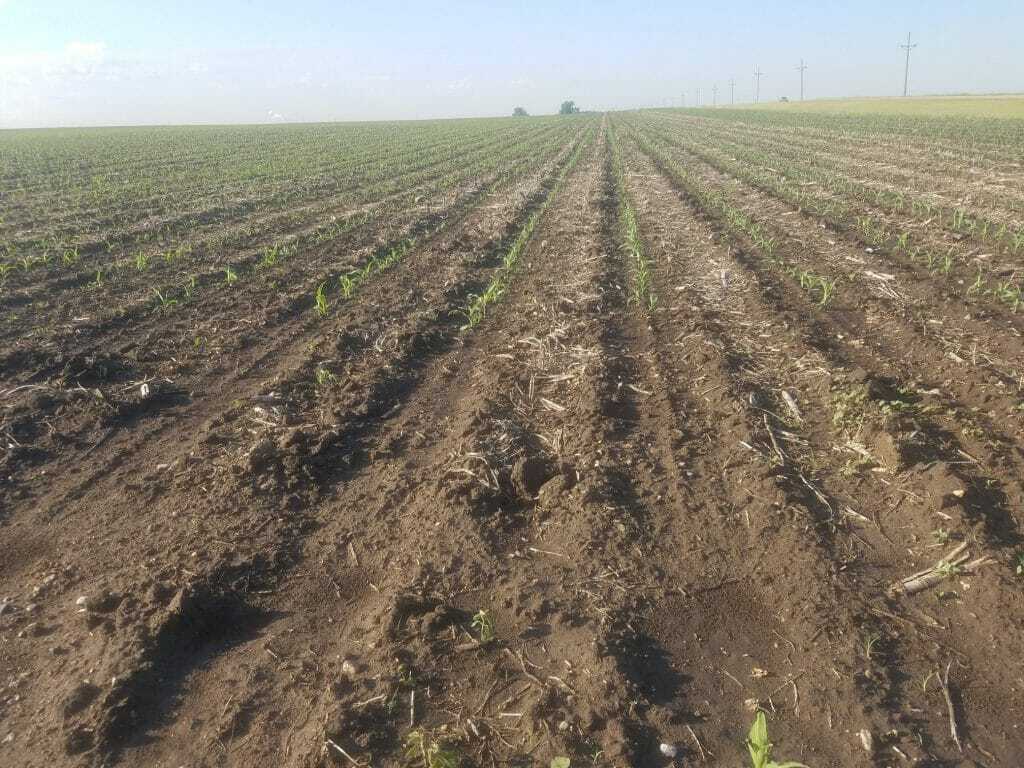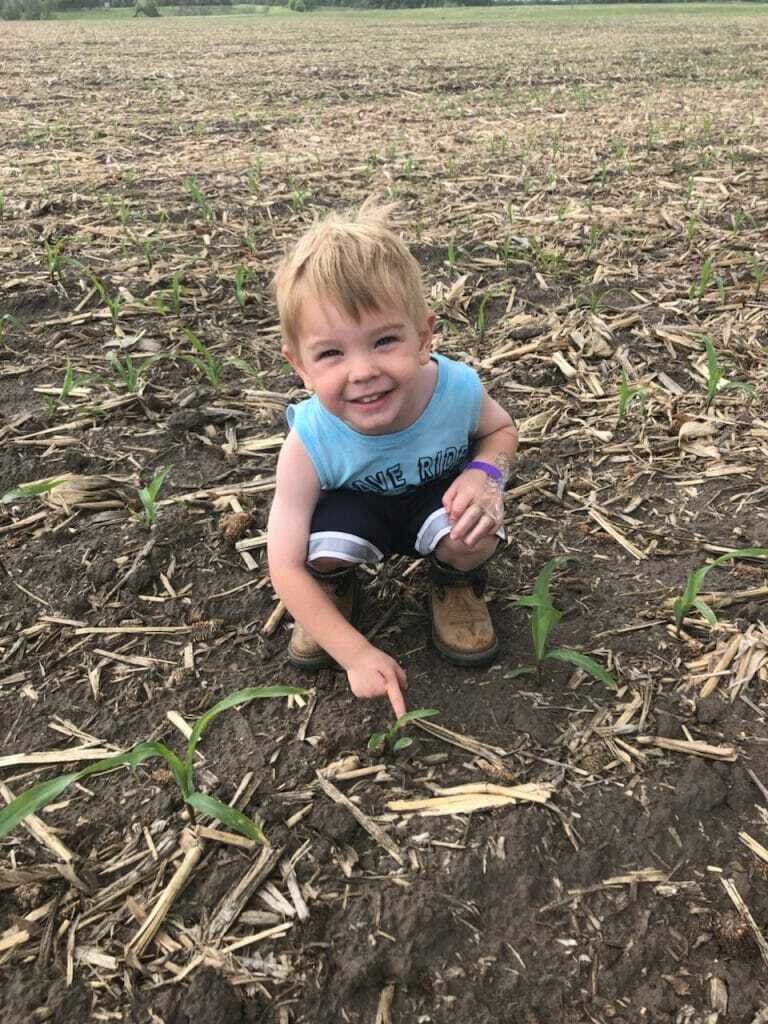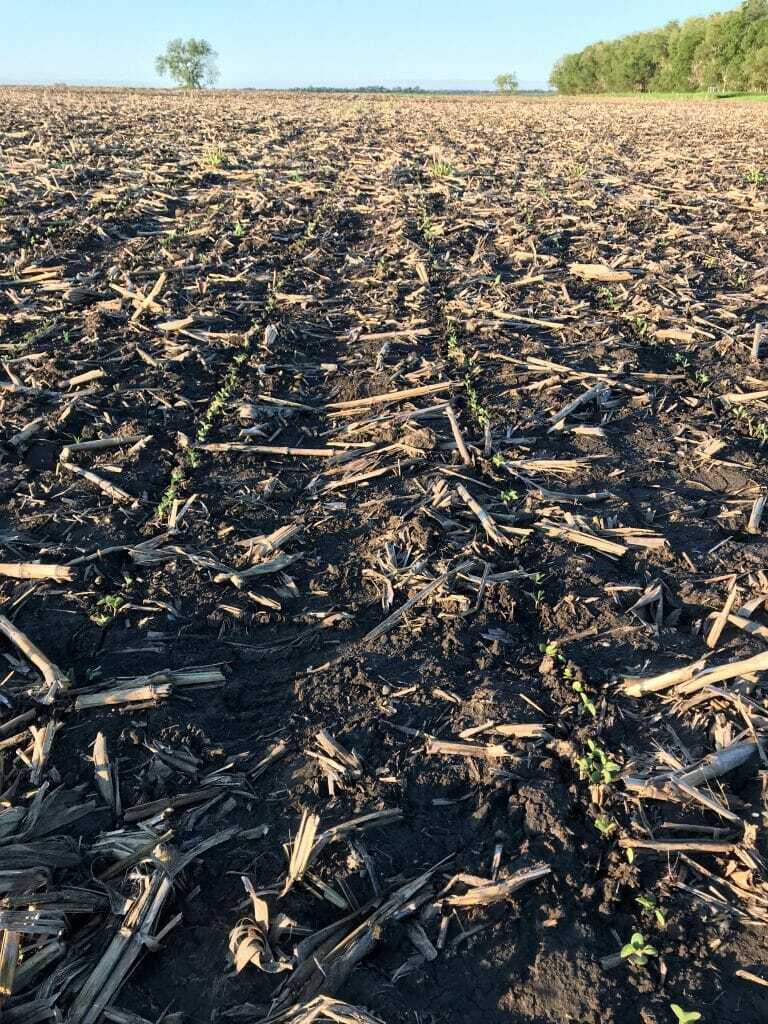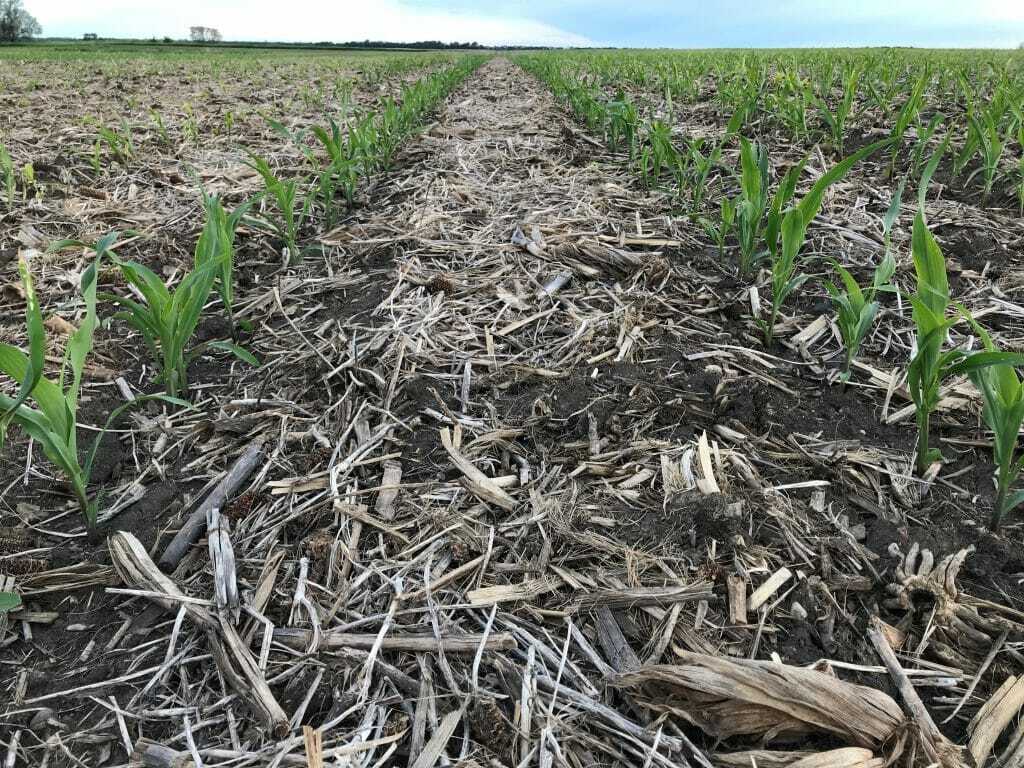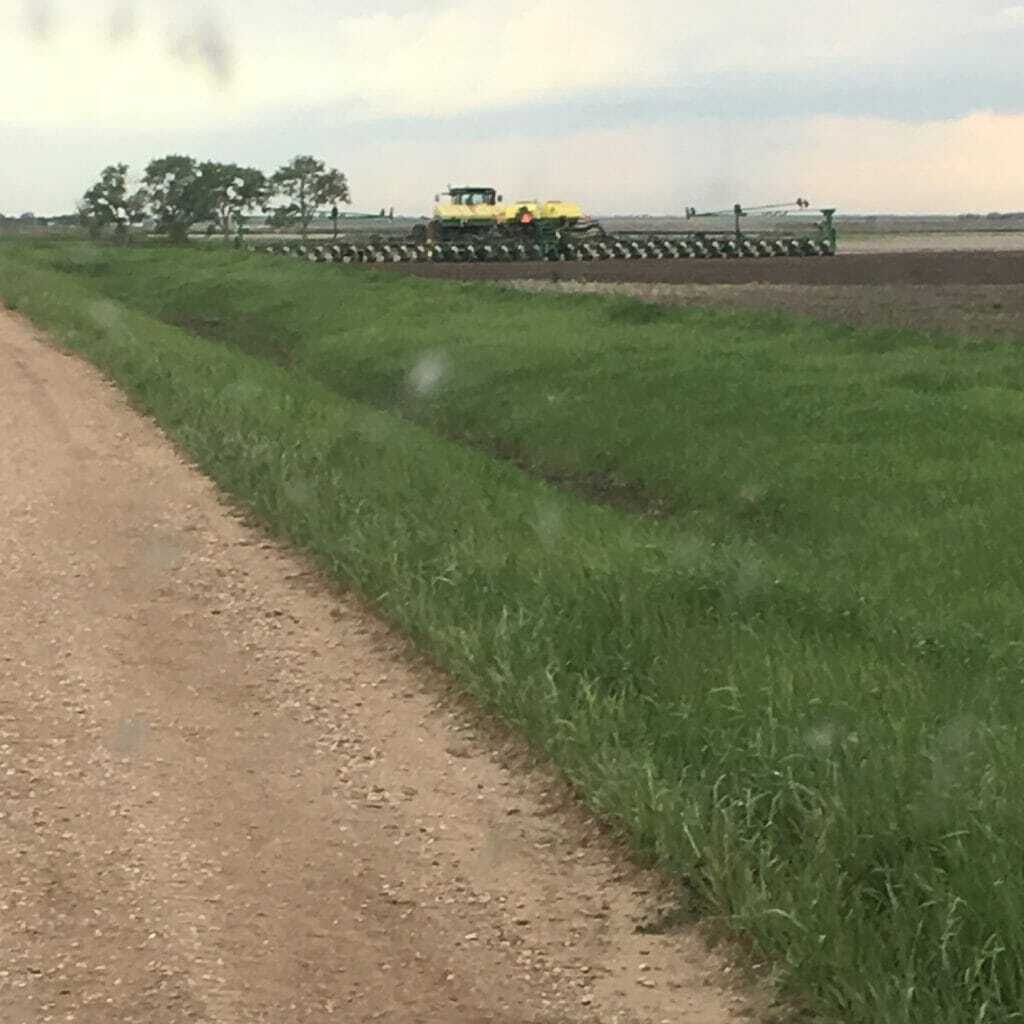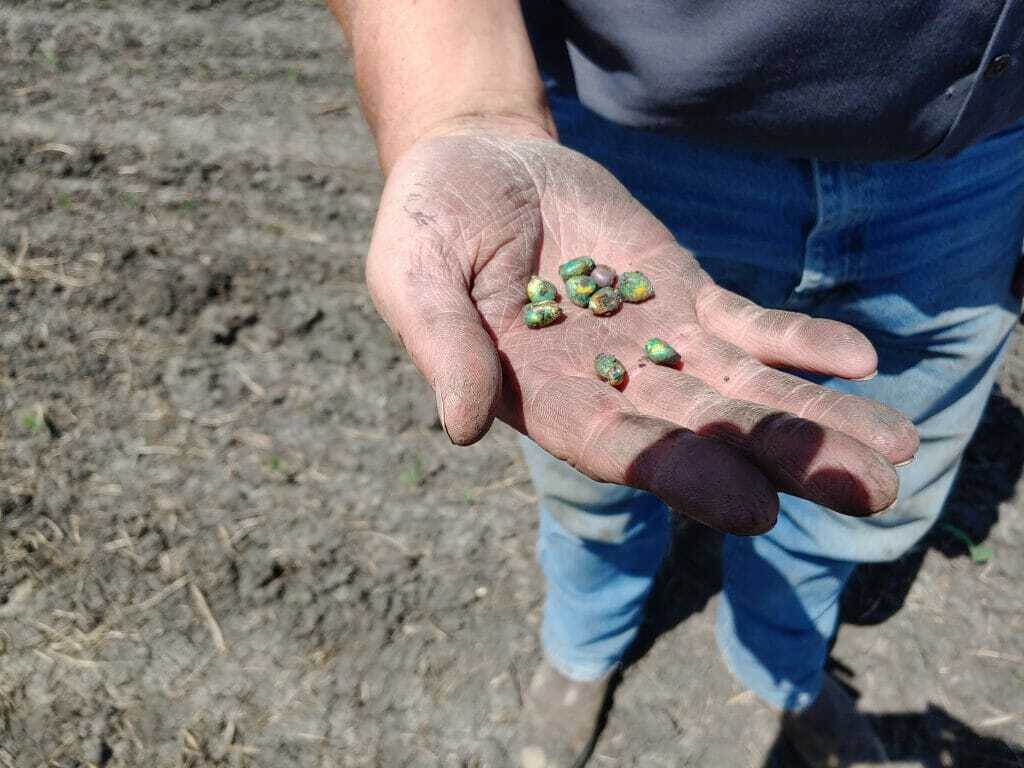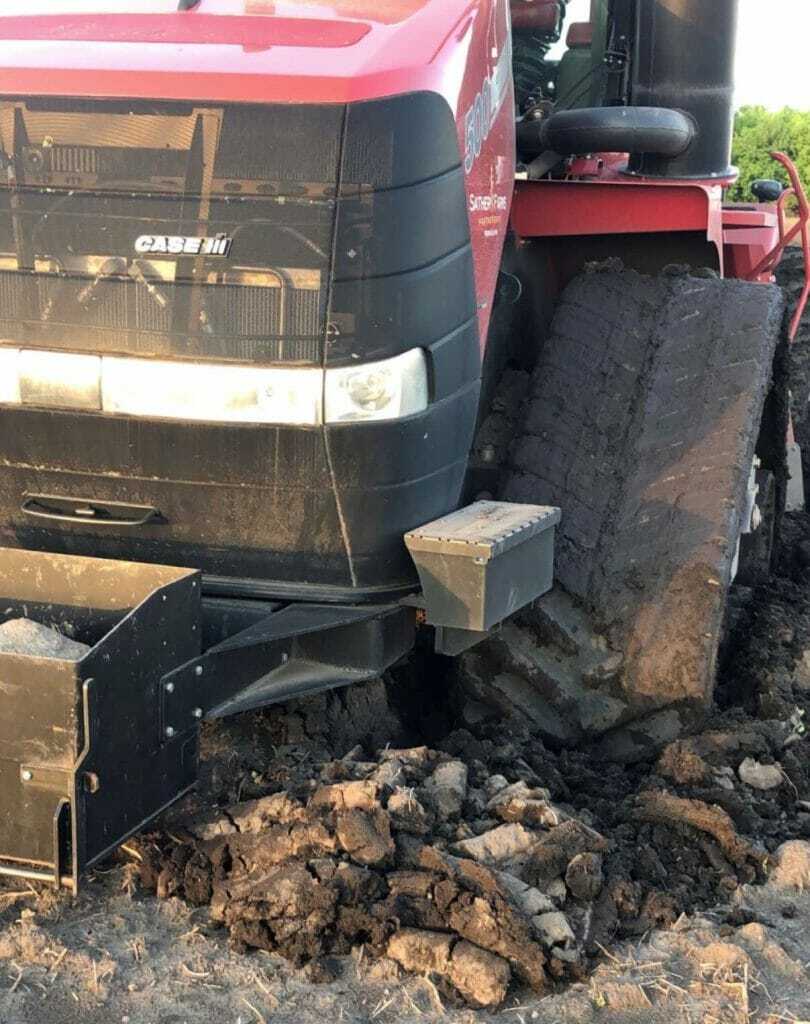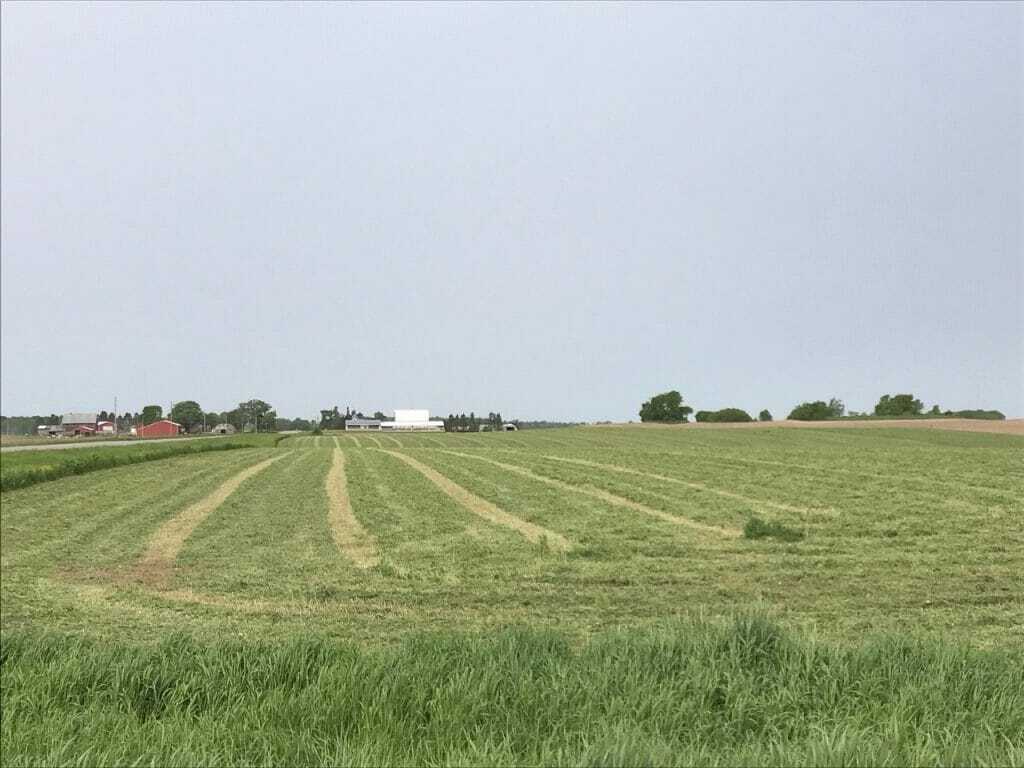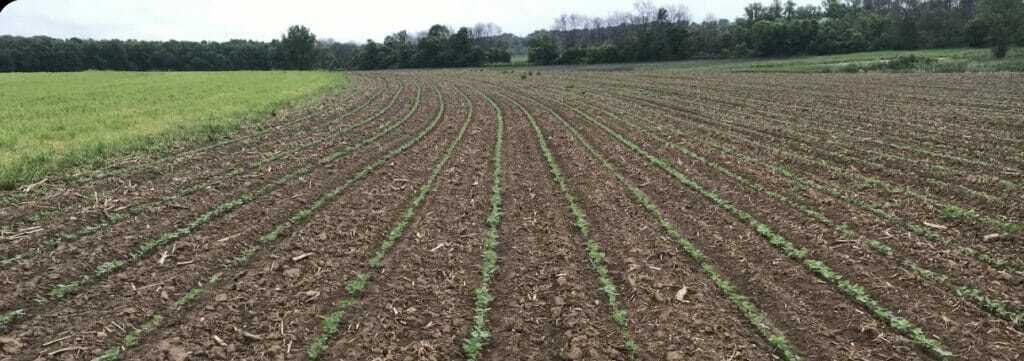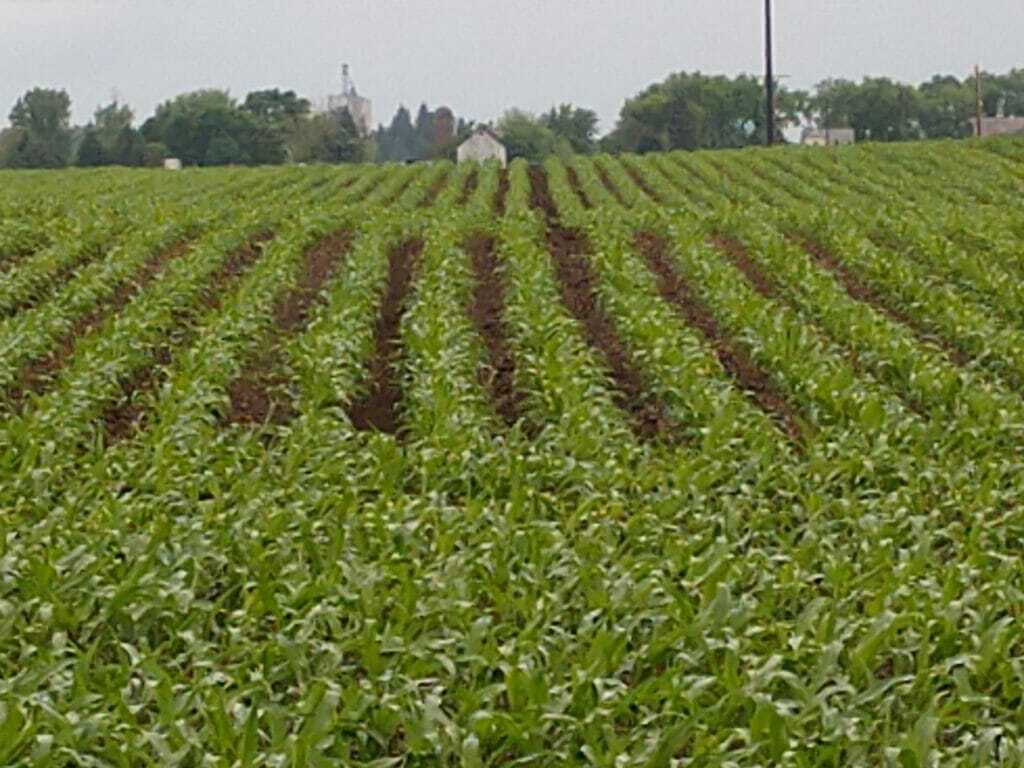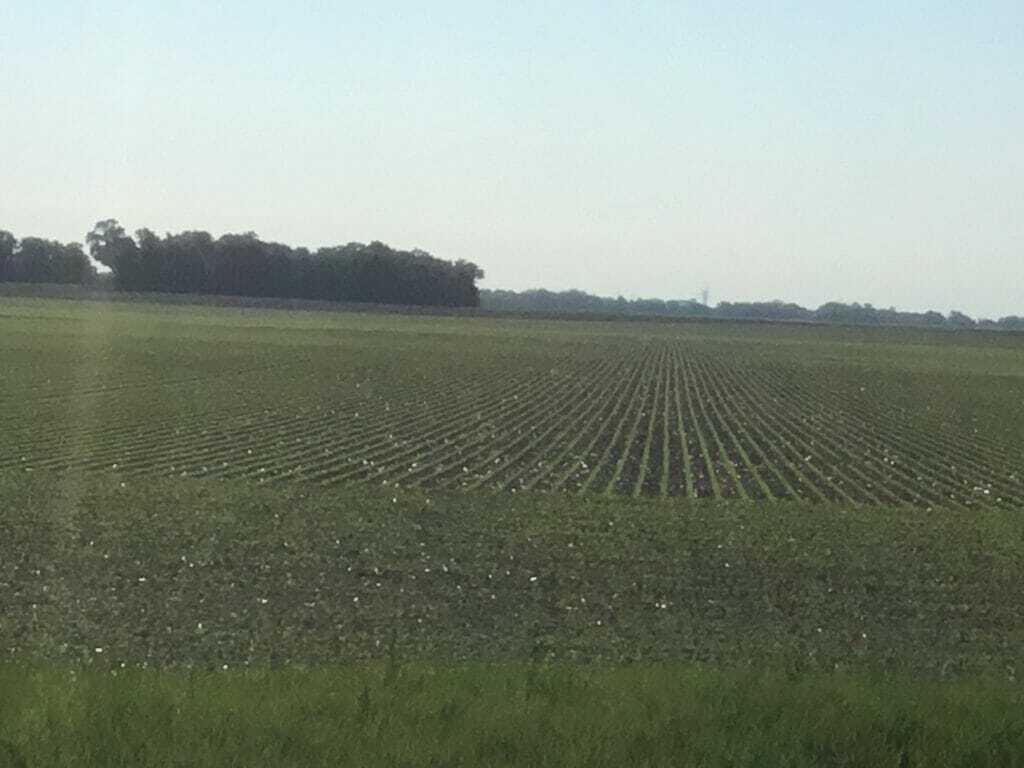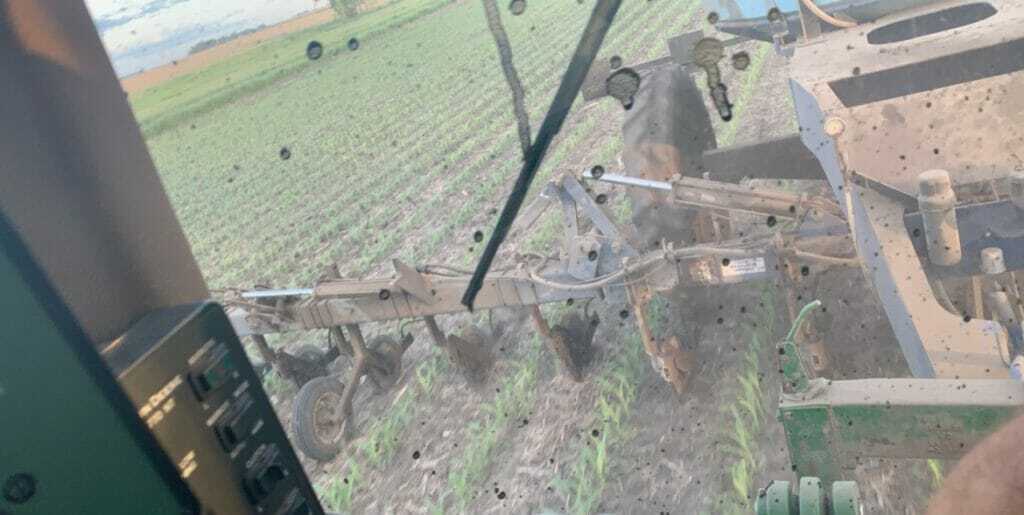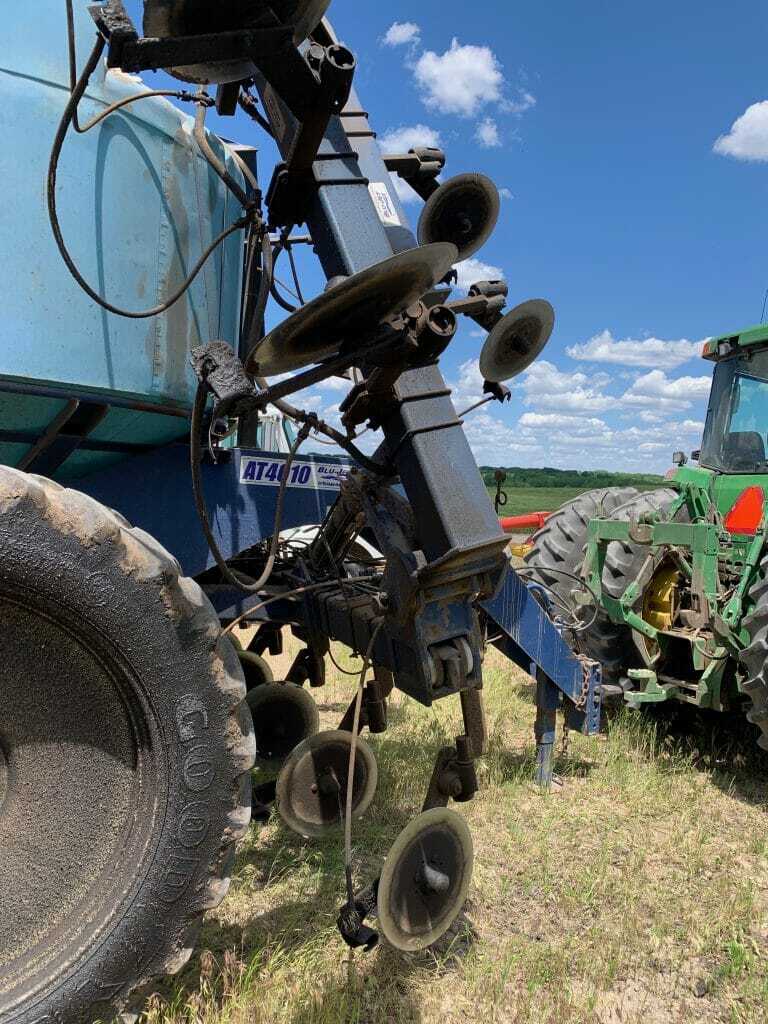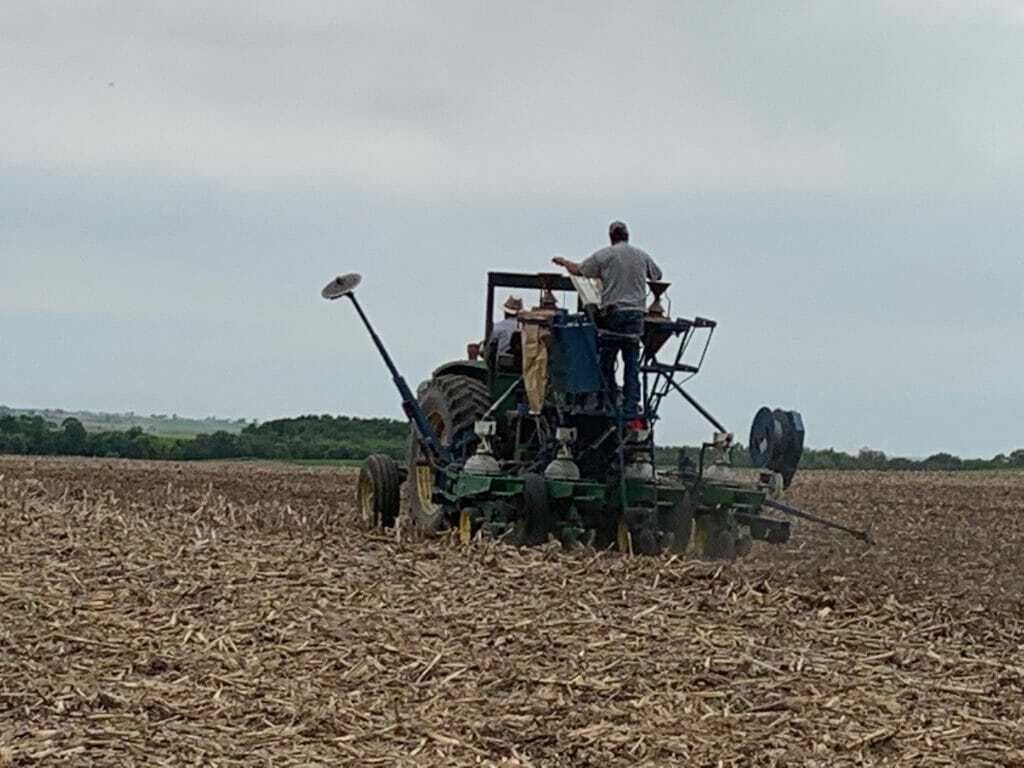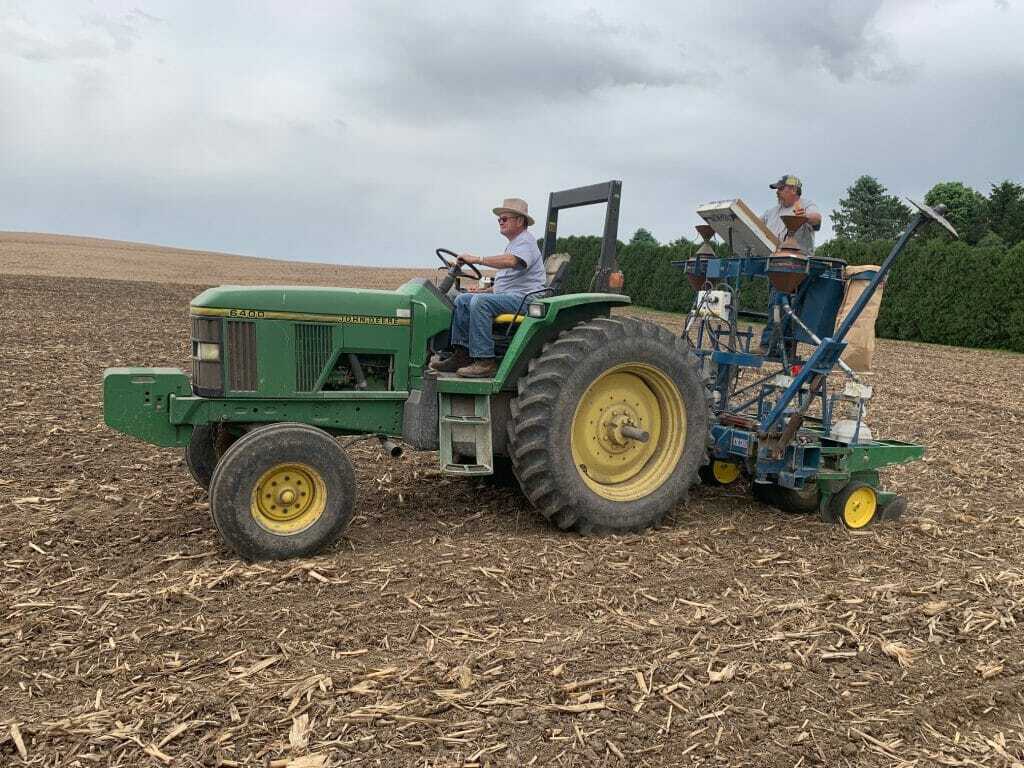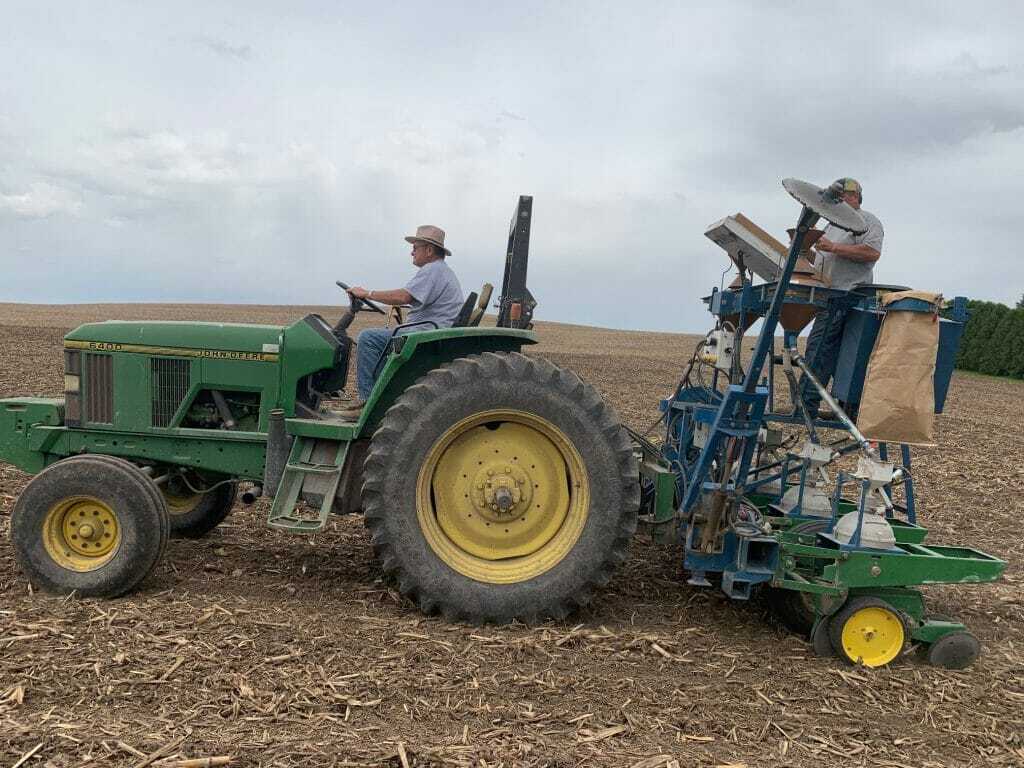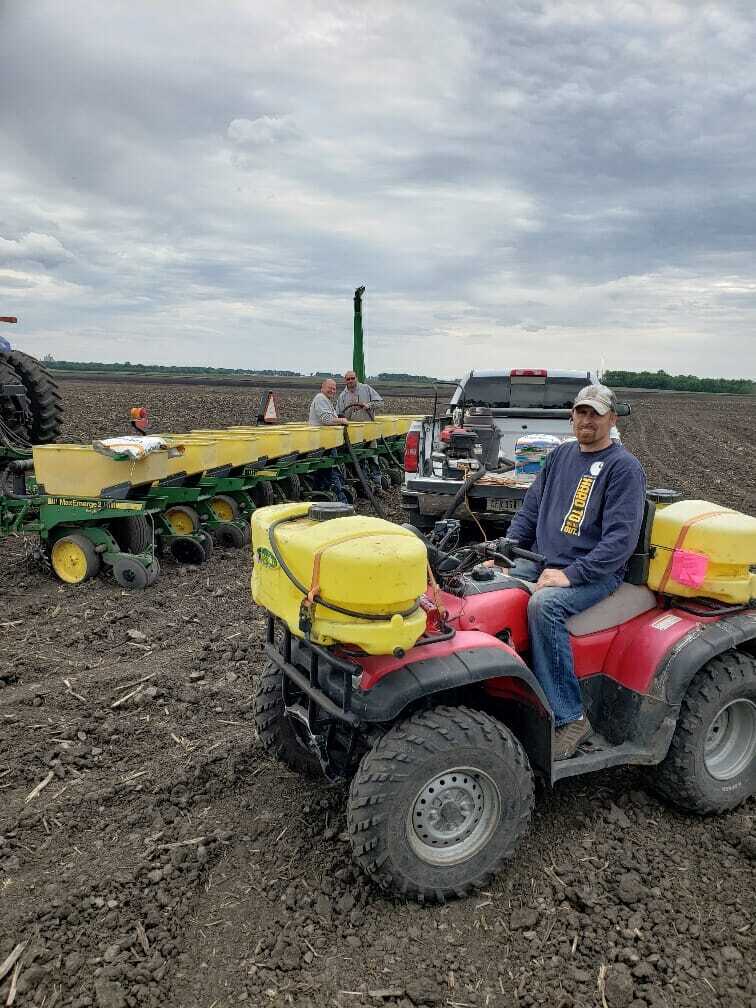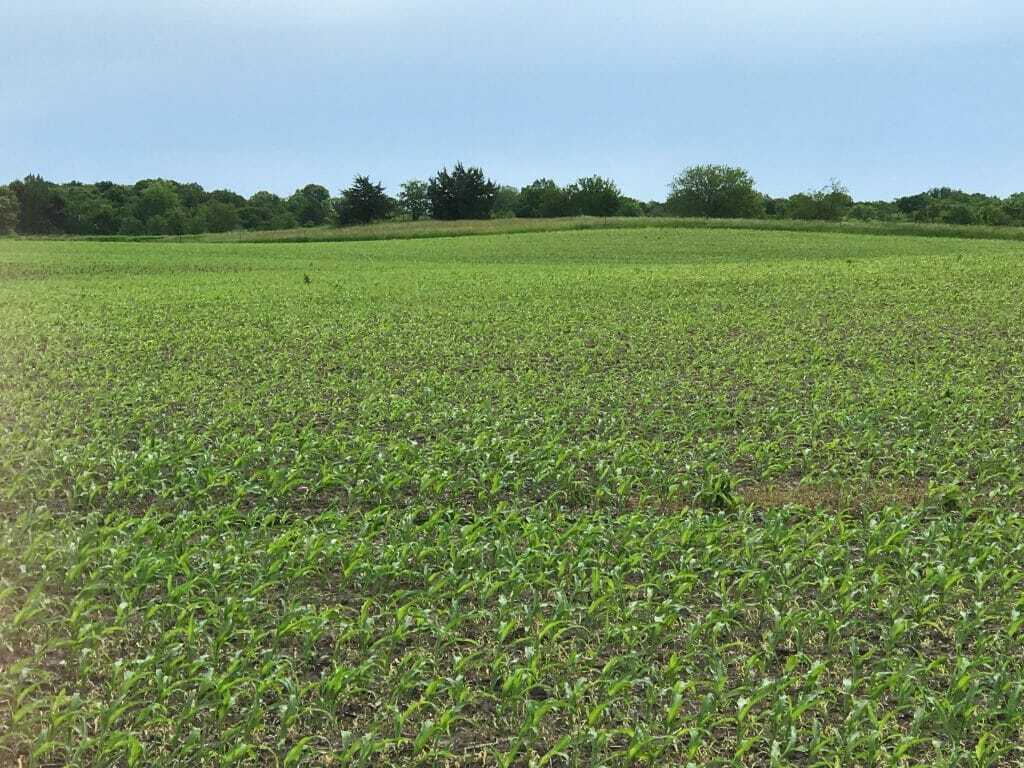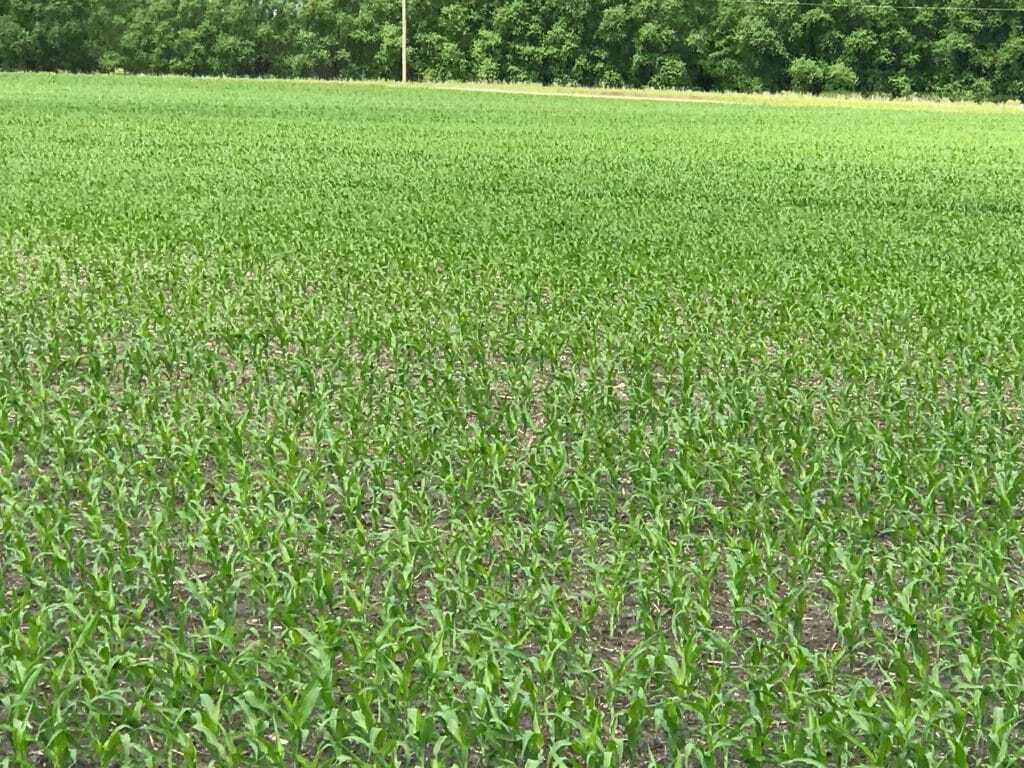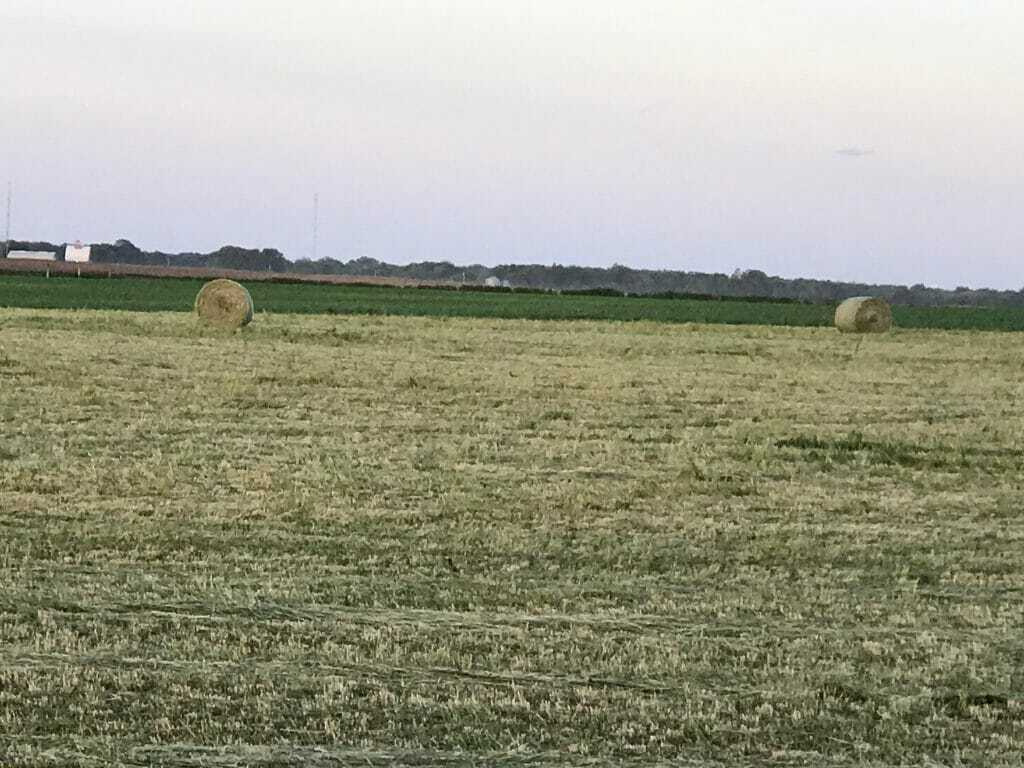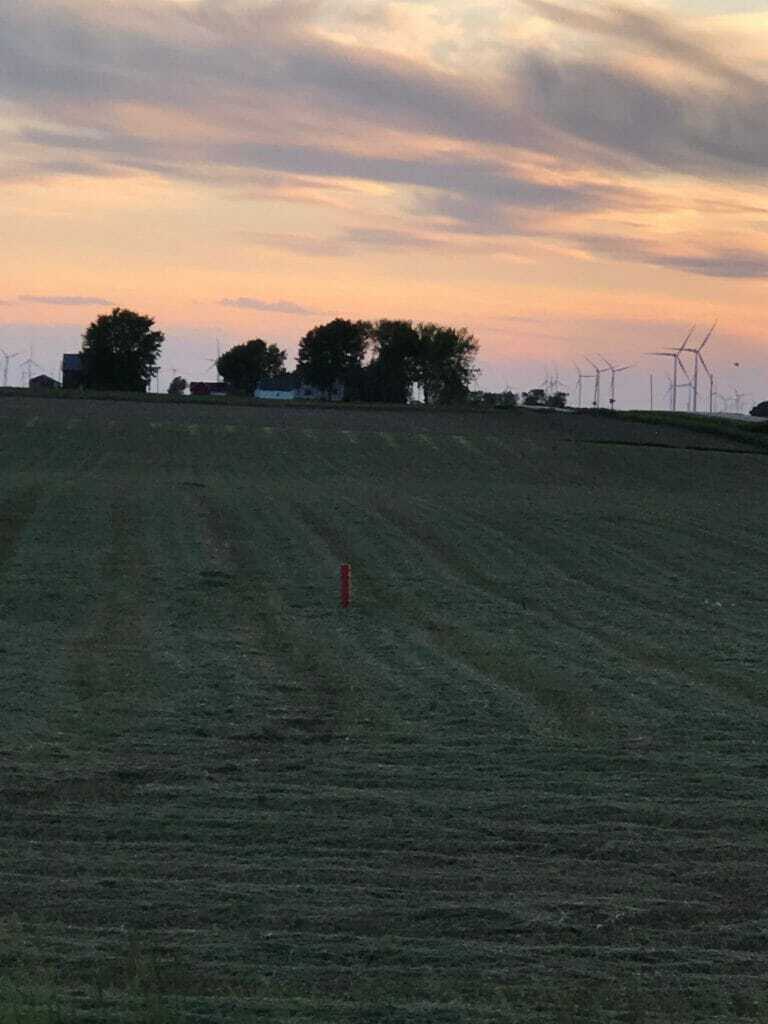Eastern North Dakota
Brian McNamee
I know most everyone throughout Latham Country is dealing with too much rain, but North Dakota its quite the opposite. Between May 1 and June 12, Minot has received .80 inches of rain all growing season. Crops are already showing stress and corn looks weak and brittle. Winter wheat is about half as tall as normal and heading out. Most crops are hanging in and will recover easily with some timely rain, but this is the third year of drought for these farmers. In 2017, Minot got 7.8 inches for the entire growing season, in 2018 they got 9.7 inches of rainfall with most of that coming early and late. Less than one inch of rain fell for a 7-week stretch starting around the 4th of July.
Send the rain our way!
Southeast North Dakota
Gary Geske
We received help from my grandson today while we crop scouted! In the photo, he is pointing at is a corn plant that emerged 3 to 4 days after the first plants popped out of the ground. A uniform stand is important because it ensures that all plants compete evenly for nutrients and sunlight while maturing at the same time. Late emerging plants may delay harvest with small, wet ears. It is important to remember which fields have emergence issues so you can pay special attention to them in the fall.
Northeast South Dakota
James Keltgen
Continued progress has been the theme in Northeast South Dakota. Scattered showers have fallen, but most farmers were able to finish planting corn and soybeans. We had some crusting issues where farmers had to replant corn. Soybeans are emerged and corn is progressing nicely even though we are behind in growing degree units.
Southeast South Dakota
Ramie Coughlin
Planters have been rolling in full force this last week. Nearly all corn that will be planted is in the ground and farmers have a good start on soybeans. One positive about late planting is the warmer soil temperatures help crops quickly emerge. Crop condition out of the ground is variable. Some fields are saturated, and corn is light green to yellow, while other fields have had some great drying days and crops look great. Farmers are pushing to finish up this planting season in the next couple weeks.
Northern Minnesota
Ken Highness
Cool, wet conditions have put stress on germination and seedlings pushing out of the ground. As pictured below, we are walking a corn field northeast of Breckenridge, MN to check emergence, evaluate stand and consider replant. We are seeing the effects of cold stress such as uneven emergence, swollen seed that has not germinated, and fragile or absent primary root. If a decision is made to replant, compare yield potential of the existing stand with yield potential of the replant. Be sure you consider insurance or government program restriction.
Southern Minnesota
Justin Prokosch
While putting a Soybean SuperStrip™ Plot near Hanska, Minnesota, a break was needed in the 90-degree weather with these important young ladies who brought out some Gatorade.
Many farmers continue to fight the mud to try to get their crop in.
Northern Wisconsin
Joe Salter
A lot of progress was made in the field during the last four days. There is still a fair amount of corn silage being planted, but the majority of field activity is soybeans.
Weeds will become a bigger issue and the ability to get into the fields to spray will also be a challenge.
First crop of hay came off last week. Field below is near Goodhue, Minnesota.
Southern Wisconsin
Greg Mair
New Latham Dealer Brady Broedlow is impressed with his stand of L 2187 GT27 soybeans in Helenville, WI.
With a lot of planting conditions not ideal, some of the recently planted soybeans are struggling to come through. Sounds odd, but in some areas we could use a nice shower to get some of the struggling crops out of the ground.
North Central Iowa
Cory Greiman
Field of LH 5245 VT2 PRO RIB looking good south of Garner planted on April 23.
Northeast Iowa
Craig Haaland
Below is a nice field of L 2295 R2X in Mower County. During the last 4 days, a lot of soybeans got planted and the sprayers are running hard. There are still some fields that are fairly wet, so some will be prevent plant and others still will try to get some soybeans in the ground during the next 7-10 days. With that being said, the 2019 planting season is coming to an end. Next up is starting to scout fields.
Northwest Iowa
Darin Chapman
Nitrogen is very important in having a successful corn crop and there are many ways to apply nitrogen all season long. Spreading out applications is essential because it is very volatile.
You can apply N before you plant, but it is more likely to deplete before the plant needs it. Side dressing has great benefits because of possible N deficiency due to large amounts of rainfall this spring. There are different soil and tissue testing available through our Latham Data Forward Agronomic Advisory Services to determine if and when N is needed.
Eastern Iowa
Jerry Broders
Product development is a key part of Latham Hi‑Tech Seeds. We plant replicated soybean trials throughout our company footprint. This research plot was planted north of Delmar in Eastern Iowa.
Western Iowa
Larry Krapfl
West North Central Iowa
Bart Peterson
Three brothers working to help
The central region has been making hay while sun shines. We have been blessed to have 5 days of warm weather to dry fields out to complete planting, replanting, side dressing and spraying. Poor stand is showing up in some fields in Central Iowa. These plants are likely to experience root and stack issues as it develops. Some sidewall compaction has also been problematic. Take great notes as these will be helpful as we develop a harvest plan.
put in a corn plot in Buena Vista County! First year Latham® Dealer, Adam Skog, was very pleased with how hard working all these guys are. Thanks guys!
Family working together is what Latham is about!
Central Iowa
Bryan Rohe
The central region has been making hay while sun shines. We have been blessed to have 5 days of warm weather to dry fields out to complete planting, replanting, side dressing and spraying. Poor stand is showing up in some fields in Central Iowa. These plants are likely to experience root and stack issues as it develops. Some sidewall compaction has also been problematic. Take great notes as these will be helpful as we develop a harvest plan.

